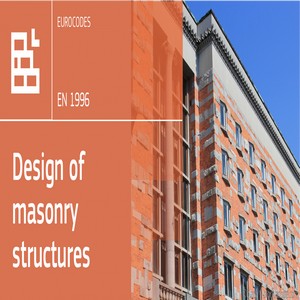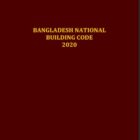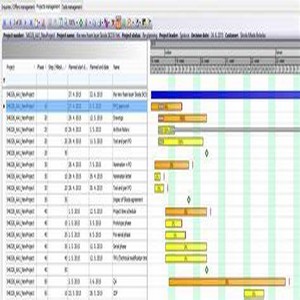
Eurocode 6: Design of masonry structures
Eurocode 6: Design of masonry structures
Eurocode 6: Design of masonry structures
Introduction
Eurocode 6, also known as EN 1996, is a comprehensive set of European standards that provide guidelines for the design of masonry structures. In this blog post, we will explore the significance of Eurocode 6, its key features, and how it ensures structural stability and safety in construction projects across Europe.
Background of Eurocode 6
Eurocode 6 was first published in 1997 and has undergone revisions to reflect advancements in construction practices and materials. It is part of the Eurocode suite of European standards that aim to harmonize design approaches and ensure consistent safety levels across member countries. Eurocode 6 specifically focuses on the design of masonry structures, including walls, columns, and arches, providing engineers and designers with a unified framework for creating stable and durable buildings.
Design Principles and Structural Integrity
Eurocode 6 establishes design principles that ensure structural integrity and safety of masonry buildings. It addresses factors such as stability against vertical and horizontal forces, including wind and seismic loads. The code emphasizes the importance of selecting appropriate materials, considering environmental conditions, and employing sound construction techniques. By following these guidelines, engineers can design structures that withstand the test of time and preserve the safety of occupants.
Masonry Material Selection and Testing
Eurocode 6 provides detailed guidance on the selection and testing of masonry materials. It specifies requirements for the quality and strength of bricks, blocks, mortar, and other masonry components. The code also offers methods for assessing the mechanical properties of materials and provides formulas for calculating their load-bearing capacity. By ensuring the use of high-quality materials and performing thorough testing, Eurocode 6 promotes the longevity and reliability of masonry structures.
Structural Analysis and Design
Eurocode 6 offers a systematic approach to structural analysis and design of masonry buildings. It provides engineers with calculation methods for determining the load-bearing capacity of masonry elements, considering factors such as compressive strength, tensile strength, and shear resistance. The code also addresses issues related to stability, deflection, and durability. By following Eurocode 6’s design provisions, engineers can create structures that are both aesthetically pleasing and structurally robust.
Harmonizing European Standards
Eurocode 6 plays a vital role in harmonizing design standards across Europe. By providing a unified set of guidelines, it facilitates collaboration and knowledge exchange among architects, engineers, and construction professionals from different member countries. This harmonization not only promotes consistency in design approaches but also improves the overall quality and safety of masonry structures throughout Europe.
Conclusion
Eurocode 6 serves as a fundamental resource for designing safe and stable masonry structures across Europe. Its comprehensive guidelines, principles, and calculation methods enable engineers to create buildings that can withstand various environmental and structural challenges. By adhering to Eurocode 6, construction professionals contribute to the development of a resilient built environment that prioritizes safety and durability.








